Chasing Shadows: The Forgotten Coast, birthplace of Florida
Sandra Cole
Guest Columnist
Let’s talk about some history of the area. You might remember in a previous article I mentioned Old Shell Road and part of Treasure Road in the St. Joseph Bay State Buffer Preserve. We will talk about it some more in this article.
This week will feature pictures of Henry Drake, family and friends. The connection to the Buffer Preserve is that Drake wrote an account of St. Joseph, and had pictures taken from the 1920s to the 1940s of the area. This article includes pictures of the Drakes and friends as they were driving on Shell Road on their way to Cape San Blas and St. Vincent Island in the 1930s.
Drake was a cashier in Iron City, Georgia at the Citizens Bank. Being only 18 years old, he was the youngest in Georgia at the time and probably in the nation. Pictures tell us he lived in Port St. Joe in 1917, but that was not the exact time he moved here.
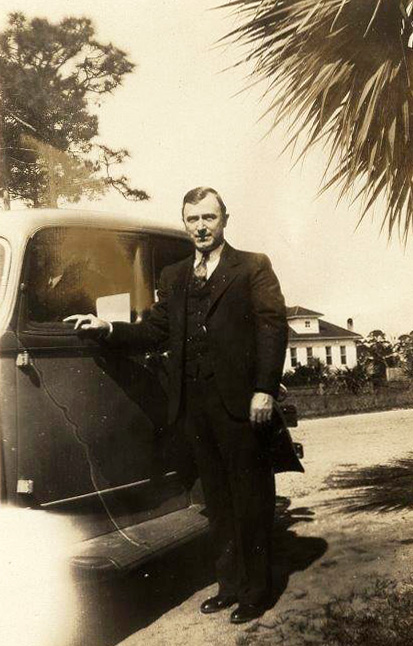
The history of Old St. Joseph is fascinating and to think that travel took place along a road, part of which goes through the Buffer Preserve, is even more exciting.
Drake in March 1967 wrote “The Rise and Fall of Old St. Joseph, Birthplace of Florida,” his version of the history of the ancient city from 1812 to 1854 and the ensuing dormancy of the area prior to 1910.
According to Winston’s Encyclopedia, Florida was first explored in 1512 by Ponce de Leon, a Spanish adventurer. It was ceded to Great Britain by Spain in 1763 in exchange for Cuba and reacquired by the Spaniards in 1781. It was ceded to the United States in 1821 and organized as a territory in 1822.
The year 1838 was an important one in Florida history. On February 2, the Territorial Council, seated at Tallahassee, selected St. Joseph over older and larger cities in the territory, such as Pensacola, St. Augustine and Tallahassee, as a site for the drafting of a state constitution, preparatory to Florida becoming a state of the union. According to legend, St. Joseph, situated on beautiful St. Joseph Bay, had its beginning as a community about 1812 while the territory was still under Spanish rule. The U.S. government established a post office at St. Joseph on Dec. 28, 1835 and the community, then a part of Franklin County, was chartered as a municipality on Jan. 11, 1836. The site is now in Gulf County.
The convention date was set for Monday, Dec. 3, 1838. Florida had been a territory only since 1821 when it was purchased from Spain at an average price of 14 cents an acre. At the time there were only an estimated 4,560 white persons in the territory. According to a special census just prior to the convention, Florida itself had only 48,223 residents.
In a special 1837 referendum on statehood, only 2,214 votes were cast, with 1,274 against statehood.
Delegates from throughout territorial Florida began arriving at St. Joseph, by land and sea, the first weekend in December 1838. The promoters of St. Joseph had been quite successful in getting the town well established throughout 1835 and by the time of the convention it was prospering well. Among the hotels offering excellent accommodations for the convention were the Byron, Pickwick, Fontaine Mansion House, Shakespeare, Railroad Cottage and the German Ocean House.
The Convention Hall had been built by E. J. Wood, one of the leaders of the St. Joseph project, a director of the Lake Wimico and St. Joseph Canal and Railroad Company and a representative of Franklin County in the Territorial Council. Paintings of many famous American statesmen decorated the interior walls of the hall.
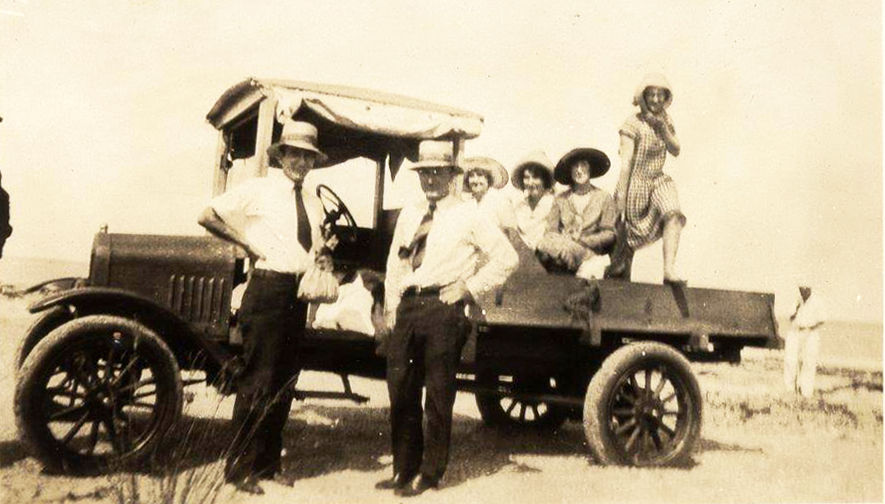
Only 46 of the 56 delegates elected were on hand when the convention assembled at noon December 3. The Rev. Peter W. Gautier, Sr., a Methodist minister, opened the convention with prayer.
In the selection of St. Joseph as a site for the convention, shrewd politics (then as now) played a major role. Peter W. Gautier, Jr., editor of the St. Joseph Times and also a Franklin County representative to the Territorial Legislative Council of Florida, succeeded in getting the new county of Calhoun created from Franklin County, with St. Joseph designated as the county seat. In the same year Gautier, a lawyer by training, received an appointment as U.S. marshal for the Apalachicola District, which covered most of the present area of Northwest Florida.
The Calhoun County delegates, controlled by the promoters of St. Joseph, were William P. Duval and Richard C. Allen, considered two of the ablest men in the territory in terms of prestige and ability. The Saints had hoped to get Duval named chairman and thereby control the convention. However, upon a count of the votes cast, Duval lost the chairmanship to Judge Robert Raymond Reid of St. Augustine by one vote.
On Jan. 11, 1839 the constitution was read for final passage and when put to a vote resulted in 55 for, and one against. The lone dissenting vote was by Dade County delegate Richard Fitzpatrick, who was still angered over the controversy regarding territorial banks whose bonds, under law, had been guaranteed by the territory. Agreement on this was reached, however, when the convention voted to submit the constitution to the people for ratification.
The referendum election was held May 6, 1839 and the results were close, with a majority of only 113 votes for ratification, the vote being 2,071 for and 1,958 against. The results were not announced until Feb. 19, 1841. The exact reason for the delay is not known but Calhoun County, which had lost the chairmanship upon organization of the
convention voted heavily against ratification, the vote being 275 to 73.
The constitution specified Tallahassee as the capital for five years upon Florida becoming a state, after which a permanent capital would be chosen. This might have been except for the desolation and destruction that had befallen St. Joseph prior to the territory’s admission as a state in 1845 – all a consequence of the 1841 epidemic of yellow fever and the bank failures throughout the country which, with the decline in cotton prices, resulted in the 1842 bankruptcy of the St. Joseph and Iola Railroad built in 1836.
Following the referendum vote and after six years of political strife and turmoil, in which statehood as well as the proposed division of Florida into two territories (East and West) was debated throughout the territory, Congress passed an act admitting Florida and Iowa as states.
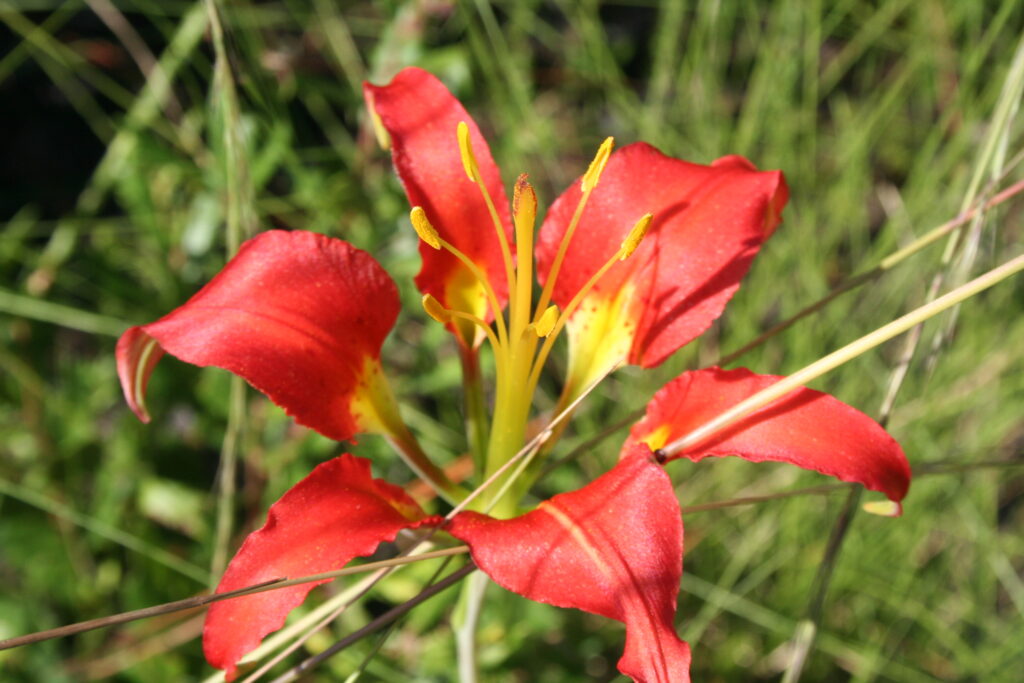
We will save more on Old St. Joseph and the state of Florida for later articles and talk about what you might see when you walk the trails at the Buffer Preserve. We hope you can enjoy the roads and trails. If you are interested in participating in a group, we began touring each road the First Friday in November. We walk from the parking area to Cattle Dip and North Spur, then ride on the tram on Treasure Road and walk the different roads.
Walking along Treasure Road you should see the beautiful pine lily close to the ditches. The pine lily, listed in Florida as a threatened flower, blooms from July through October and likes to grow in the wet prairie/mesic flatwoods.

Liatris like roadsides, open woodlands, damp or dry soils depending on the species. Liatris are unusual because the flower buds at the top of the stalk open first, succeeded by those lower on the stalk.
For more information, call 850-229-1787. Buffer Preserve Manager Dylan Shoemaker encourages everyone in the community to join and become active in the Friends Citizen Support Organization, which is important to state facilities like the preserve.

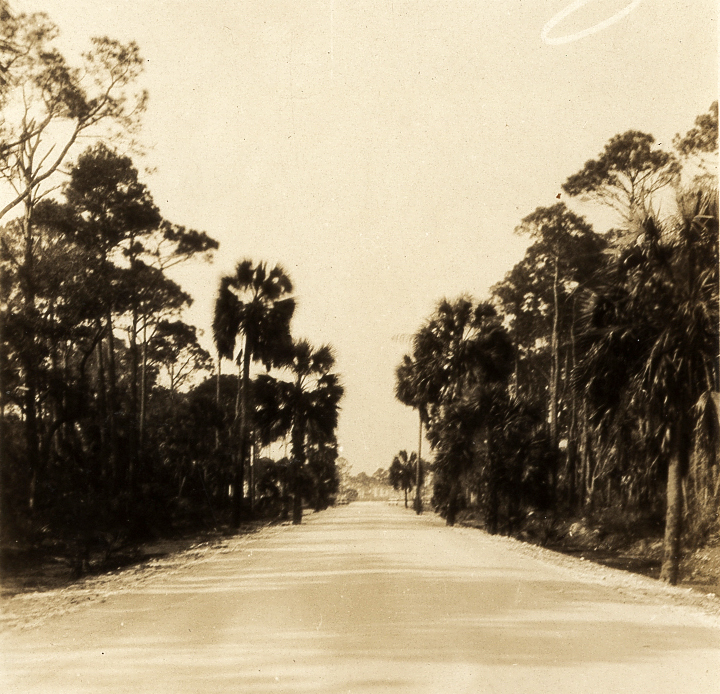
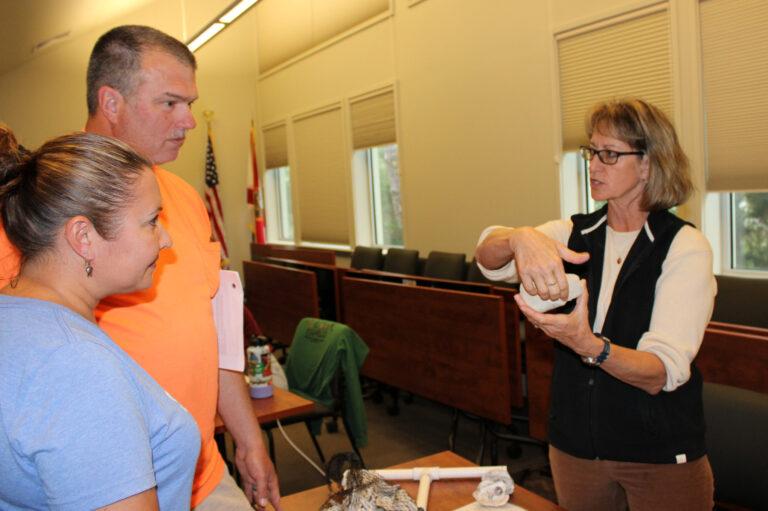
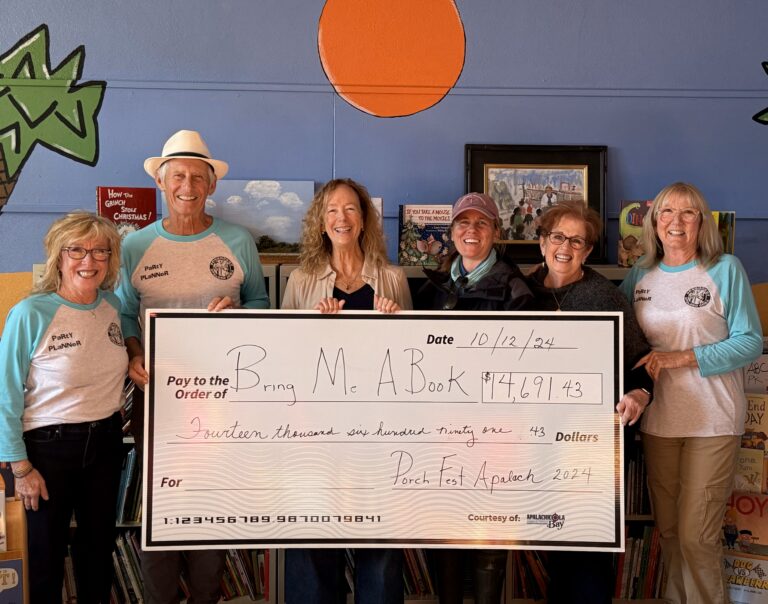

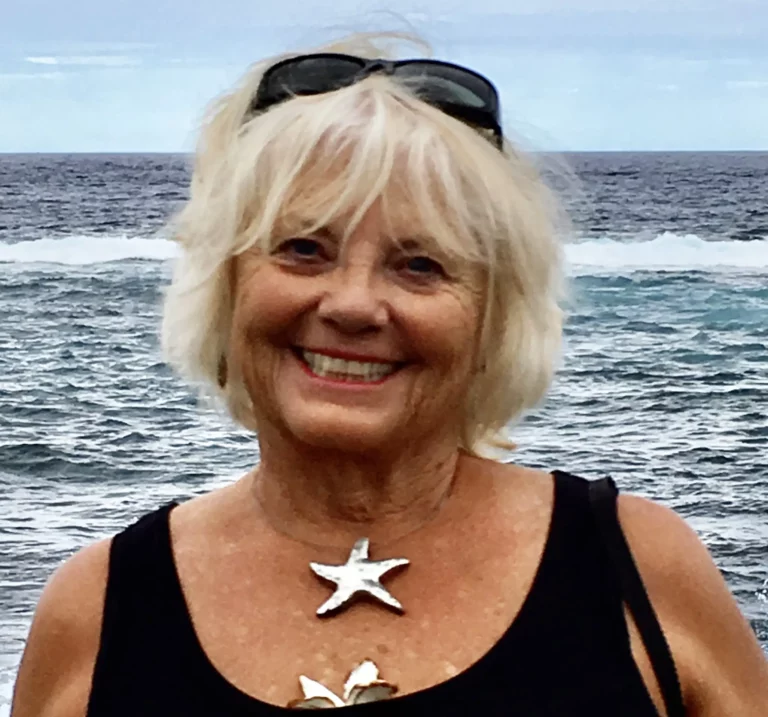
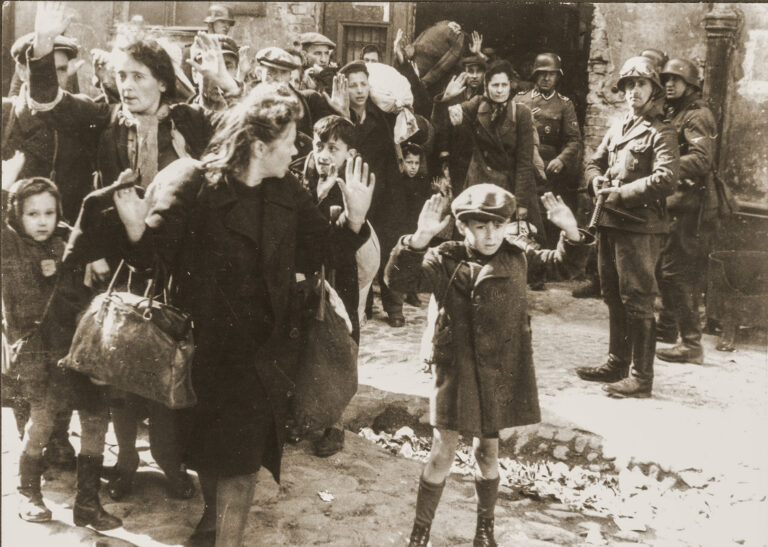
Meet the Editor
David Adlerstein, The Apalachicola Times’ digital editor, started with the news outlet in January 2002 as a reporter.
Prior to then, David Adlerstein began as a newspaperman with a small Boston weekly, after graduating magna cum laude from Brandeis University in Waltham, Massachusetts. He later edited the weekly Bellville Times, and as business reporter for the daily Marion Star, both not far from his hometown of Columbus, Ohio.
In 1995, he moved to South Florida, and worked as a business reporter and editor of Medical Business newspaper. In Jan. 2002, he began with the Apalachicola Times, first as reporter and later as editor, and in Oct. 2020, also began editing the Port St. Joe Star.